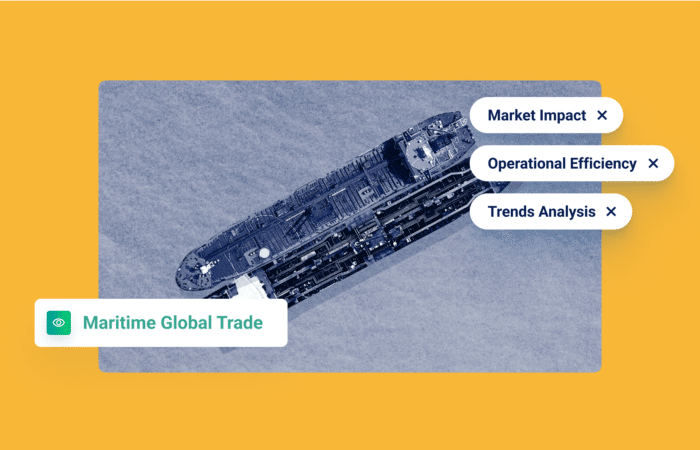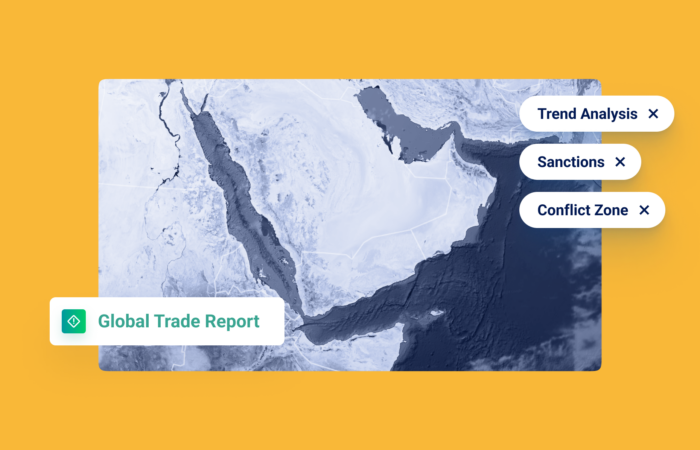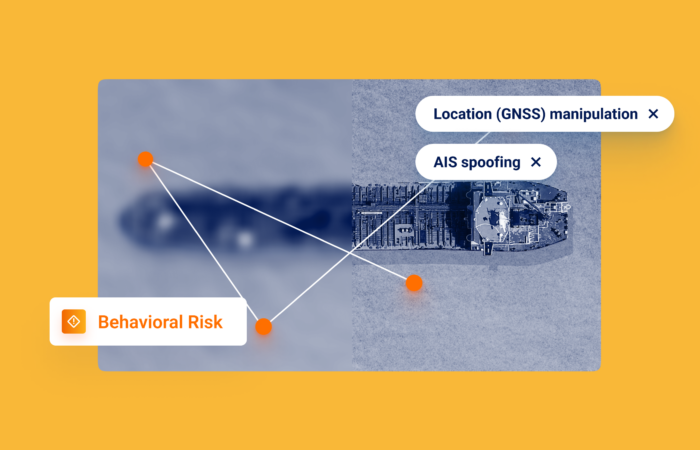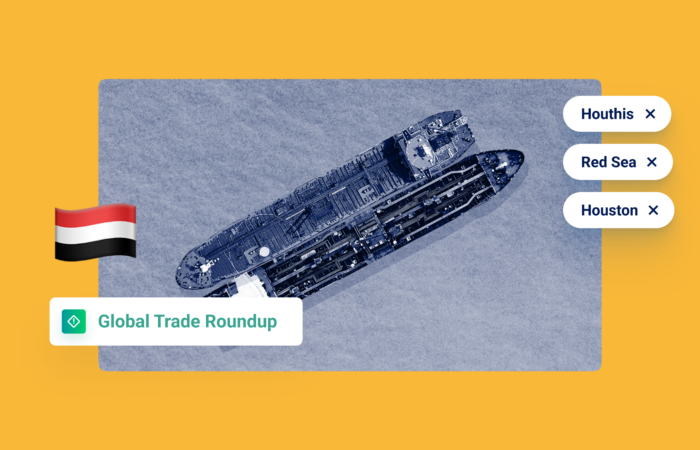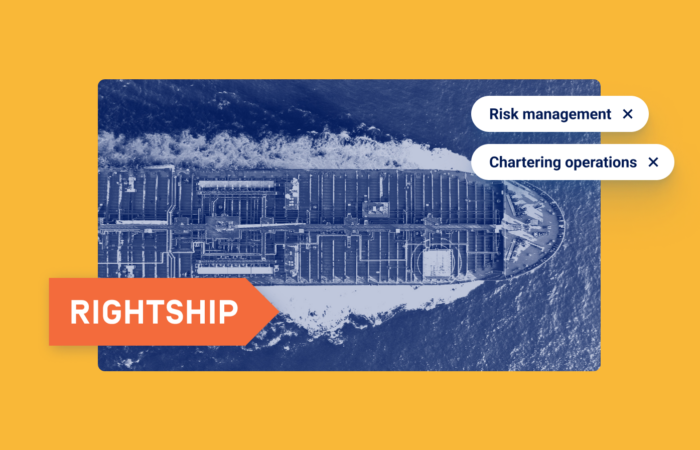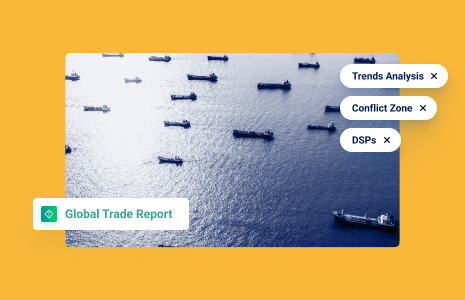What’s inside?
The UN Panel of Experts (UNPoE) on the Democratic People’s Republic of Korea (DPRK) utilized Windward’s AI-powered technology when researching for its report (S/2023/171) that was published relatively recently (April 2023). The panel mainly focused on deceptive shipping practices (DSPs) used to evade UN sanctions on importing oil products and weapons/technology to the DPRK, and exporting coal from the DPRK.
Windward assisted the UNPoE with sixteen cases cited in the report and our company was mentioned 38 times.
The panel noted that during the second half of 2022, the DPRK officially received 20% of its annual quota for oil deliveries (up to 500,000 barrels per year). But analysts said that if the vessels sailing to the DPRK were 90% laden with cargo, then the DPRK would have received more than 700,000 barrels of oil in 2022, surpassing the annual quota. Oil deliveries usually arrive at the port of Nampo, which is located in the west of the DPRK and is the entrance point to the Taen river, which crosses the DPRK, and around Ch’o-Do Island.

How are these barrels of oil being smuggled?
Main Methods
The main deceptive shipping practices that were mentioned in the report are:
- Use of facilitators for oil deliveries
- Ownership and acquisitions of vessels by the DPRK
- Ship-to-ship (STS) engagements in the DPRK’s exclusive economic zone (EEZ)
Facilitators
The panel mentions the possibility of using a facilitator vessel to hide DPRK vessels’ actions via AIS manipulations (which Windward has termed the “AIS handshake”). The panel cited a Palau-flagged container vessel that arrived at Nampo laden with cargo from China, according to satellite images.
A China-flagged vessel, which is physically similar to the Palau-flagged ship, digitally manipulated its own AIS identifiers to appear to be the Palau-flagged vessel. This enabled the Palau-flagged ship to proceed to Nampo while engaging in dark activity (sailing with a deliberately disabled AIS). While the Palau-flagged ship actually sailed to Nampo undetected, it appeared to be sailing South within the Chinese EEZ.
The panel also noted that there is a possibility that the China-flagged ship onboarded the original crew of the Palau vessel while sailing to Vietnam in March 2022 to strengthen the deception. The alleged activity took place in February-March 2022.
Vessel Sales
UN Resolution 2397 (2017) prohibits the direct or indirect supply, sale or transfer of vessels to the DPRK, and these actions are considered a possible violation of UN sanctions against the DPRK.
More than 30 vessels, cargo and tankers have been acquired by the DPRK between 2020-2022, according to the panel, while six of the tankers mentioned in the report continued to deliver illicit oil to the DPRK in 2022.
Also, the panel discovered that cargo vessels were located in shipyards according to their AIS, and were reconfigured while in the shipyards, including the installation of cranes.
The fact that vessels were acquired by the DPRK, but their information was not updated, might impose a challenge to sanctions, given that those vessels might keep operating illicitly as their former identity in the DPRK, but differently outside the DPRK.
DPRK’s Territorial Waters as STS Transfer Areas
The panel found that the waters around Ch’o-Do Island continue to remain an active area for ship-to-ship (STS) operations between DPRK and non-DPRK vessels, which is prohibited by the Security Council. The panel also noted that it is a common practice to conduct an STS operation while “dark” (at least one vessel does not transmit its AIS), to evade detection. The panel observed that many vessels engaging in STS meet-ups use disguises, such as a paint job for the deck and painted identifiers, to mask their true identity/or to actively promote a false one.
The panel wrote that it is possible that STS operations might be a two-ship configuration, three-ship configuration, or an operation that uses a floating crane near Cho’-Do Island. This is similar to the set-up Windward’s Maritime AI™ technology detected during Russian grain smuggling out of Ukraine. The panel showed that there are at least eight floating cranes clustered around Cho’-Do Island.

The main cargo delivered to the DPRK in 2022 was trucks and other transportation vehicles, coming mainly from China, according to the panel.
Stay a Step Ahead
While complex, the trends and practices uncovered in the UNPoE report can be investigated, detected, and mitigated using the Windward Maritime AI™ platform:
- The use of facilitators can be researched via the platform’s GNSS & ID manipulation indicators. With dark or semi-dark STS engagements, it is possible to create an “Area of Interest” around the floating cranes in Ch’o-Do Island
- An innovative due diligence solution can yield clues that would lead to further investigation
Organizations can enrich investigations, stay ahead of bad actors, increase compliance, and minimize risk, with our innovative Maritime AI™ technology.


